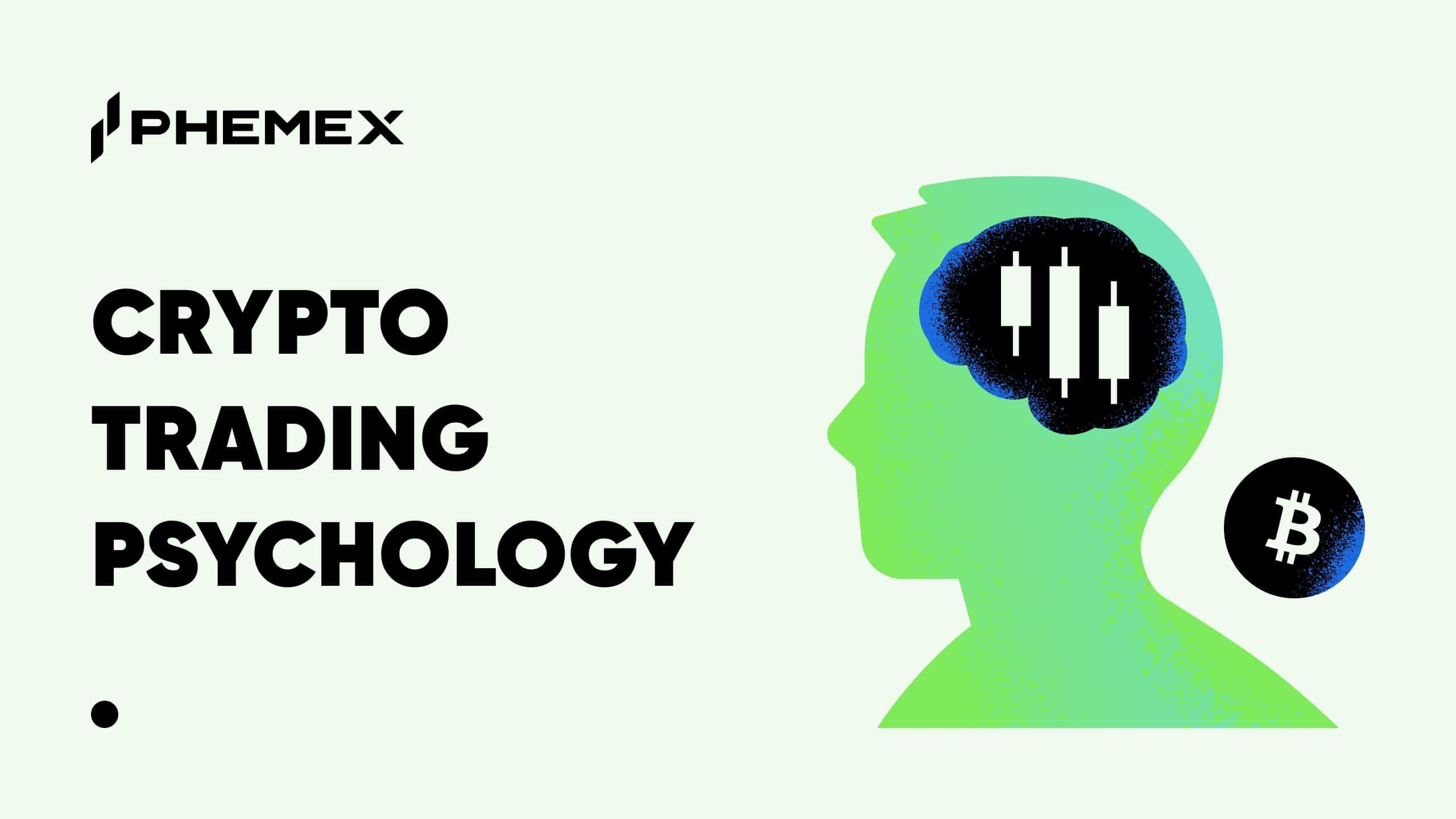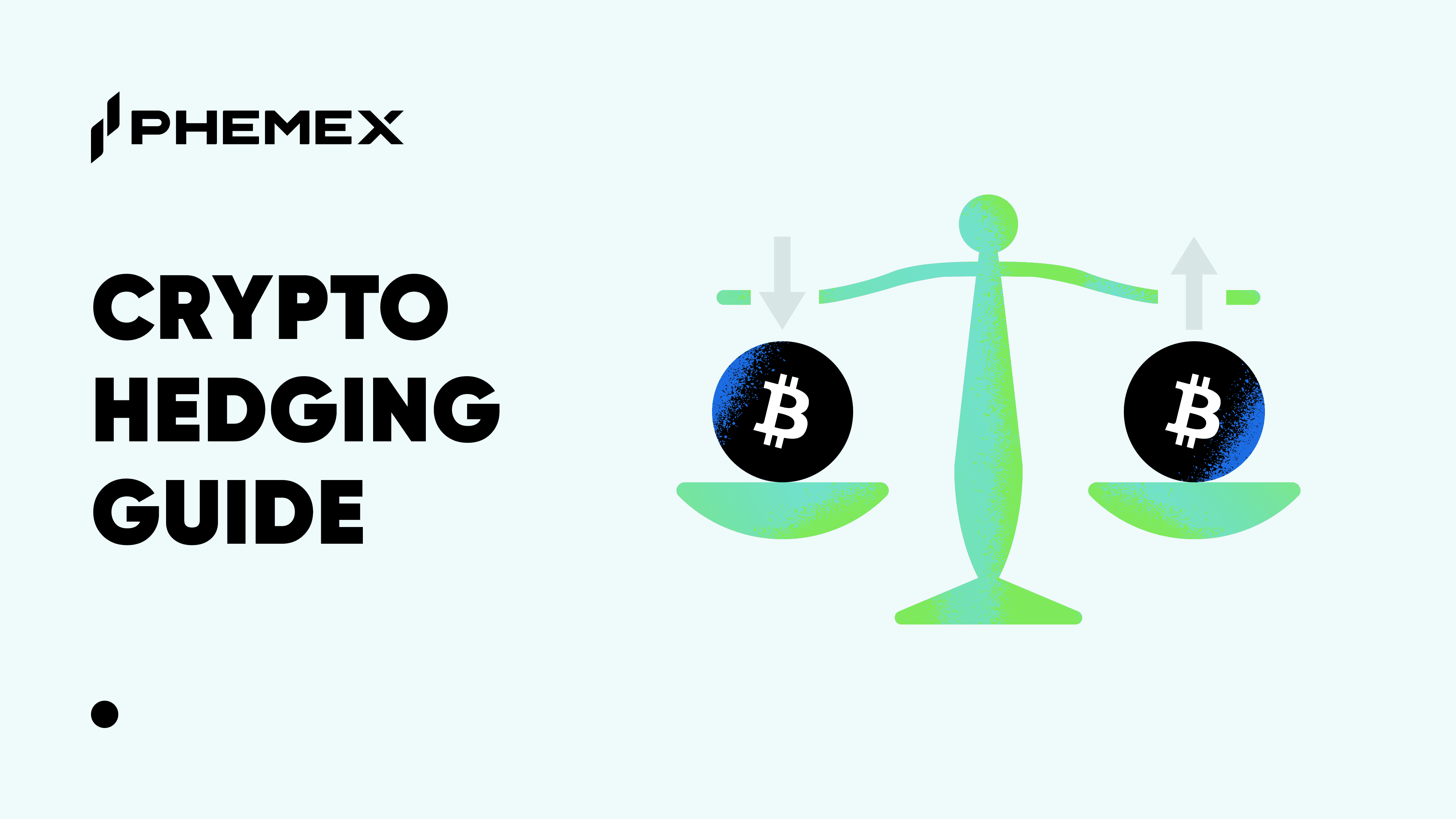What Is An Open Position In Trading?
A trade comprises two parts: buying a coin, then selling that coin. This happens when you’re bullish and expect the price to appreciate. In this case, an open position means you put in a buy order to buy that coin at a certain price. To close a position means to put in a sell order to sell it at a higher price.
Open Position vs. Close position
Alternatively, a trade can mean selling a coin, then buying it back later. This happens with a coin that you already bought, hoping to sell it at a higher price later.
But suddenly (as with many things in crypto), the market reverses, and it looks like the price has started declining. So you put in a sell order to sell the coin at $10–that is an open position.
When you put in a buy order to buy it back at $7, that means you are closing your position and that you have achieved your goal i.e. completed the trade of selling a coin and buying it back at a lower price.
This is what it means to open and close position when one is trading on the spot market.
Traders can open two positions – one betting the price will go up and one betting the price will go down. This is known as “hedging” and allows us to minimize our risk in the markets.
Say you have a stash of Coin A which you bought last month at $40. You feel that it is going to fall in the coming weeks. You can open a buy order to buy more of Coin A at $30.
But what if the price goes up instead? So you open a sell order as well, to sell Coin A at $45.
To take a long position means you buy a coin with the aim to sell it at a higher price. To take a short position means you sell a coin with the aim to buy it back at a lower price.
Open Position vs Buy: Is It the Same?
No. Open positions are positions that we’re actively trading. If we buy Bitcoin, this is not the same as opening a position using a buy order.
Opening a position means you are getting into position to make a trade.
Buying a coin merely means you are buying a specific amount of a coin, with no view to sell it in the short term.
What Is A Closed Position In Trading?
A closed position signals the completion of a transaction on a trading platform. The funds are then deposited to the trader or the market maker.
Let’s say we want to open a long position on Bitcoin at $20,000 expecting the price would go up. Bitcoin reaches $22,000 and we make a 10% profit on our position. We then close the position and the system deposits the profit in our account.
We can also close a position if it goes in the opposite direction. If we’re long on Bitcoin at $20,000, and the price crashes to $18,000, we can close a position there to cut our losses and minimize the risk of a total loss.
The position can be closed instantly if we set the wrong trade parameters. For example, if we set a take profit order at 30% profit, but later decide we want to go higher, we can close the position and make a new order.
Traders can automatically close their positions once they reach certain profit or loss levels. “Take Profit” allows us to automatically close a trade when we’re in profit; and “Stop Loss” closes a trade once we reach a certain loss threshold.
Close Position vs Sell
There is also a difference between choosing to close a position and just selling. A trader can technically sell Bitcoin without trading it at all.
Let’s say we bought Bitcoin way back in 2010 and we now have millions of dollars worth of Bitcoin. If we sell the Bitcoin for cash, this wouldn’t be a “closed position” because we don’t have an active trade that we can close.
Technically, closing a position will make the system sell off the assets at the spot market rate. Whenever a trader closes their position, their assets are sold and deposited to their wallet.

Can A Position Be Forcefully Closed?
Yes, but this only happens in contract/ margin/ leverage trading, when traders use leverage i.e. borrowed money to trade.
The act of forcefully closing a position on a trader due to losses is called “liquidation”. If a trader reaches their liquidation price, the system will automatically close their position at a loss.
Read how liquidation prices are calculated on Phemex.
Liquidations are common in leverage trading where traders use money they don’t own to make potentially higher profits – but with increased risk.
Higher leverage increases the chance of liquidation. Let’s say we want to use 100x leverage on Phemex to trade $10,000 worth of Bitcoin with a $100 investment. We would face liquidation if the price moves against our trade by less than 1%.
Conversely, if we’re using low leverage it will be more difficult to liquidate a trader because the risk is lower and the profit margins are lower. For example, trades with 2-3x leverage will have a lot more leeway prior to liquidation compared to trades that use 50-100x leverage.

Conclusion
Opening and closing positions is one of the essential things to learn for all beginners in the trading community. Opening trades is required for all trades on exchanges and closing trades is required for realizing profit or cutting losses.
An open trade can last for months or years at a time, and once a trade is closed – it’s closed permanently. Traders who prefer long-term investments should use lesser leverage to decrease their exposure to the volatile crypto markets.
A closed trade is required to finalize all active trades. Without closing an order, we can’t claim our profits. Once the order is closed, the funds are automatically deposited to the trader’s account.
The bottom line is that opening and closing positions refers merely to trading activity and is unrelated to holding and long-term investing.
To learn more about technical analysis, browse our comprehensive technical analysis section.
Read More
- What is Position Trading: The “HODL” Alternative for Bitcoin Trading
- What is Open Interest in Cryptocurrency Markets?
- Crypto Trading vs. Investing: Key Differences Explained
- Understanding Position Sizing in Crypto Trading
- What is Spot Trading & How does it Work?
- Call vs Put Options Explained: What’s The Difference?
- How to Take Profits in Crypto Trading
- How To Trade Crypto: The Ultimate Investing Guide










